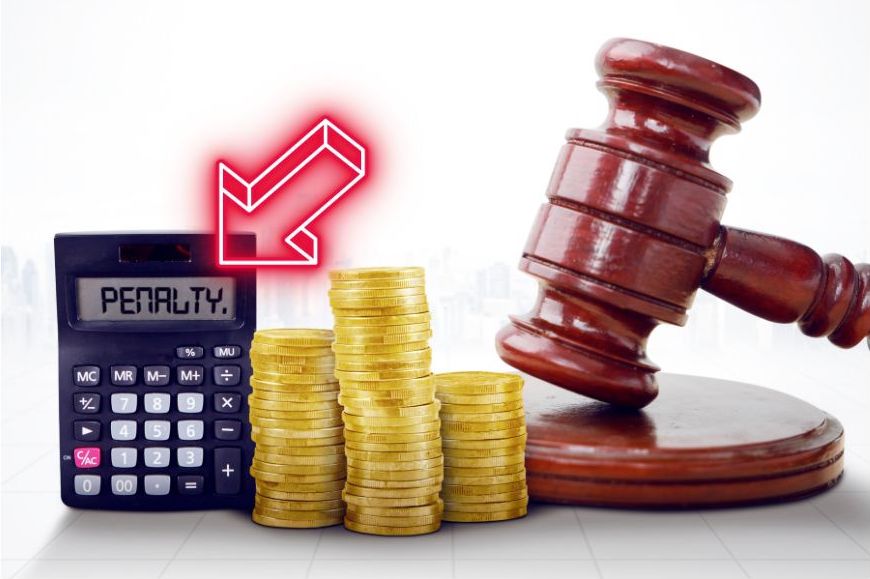

We would all love to hear that Medicare is free at age 65, but that is really not the case. Turning 65 is a significant milestone for many Americans. As you approach this milestone, you may be wondering about Medicare and how much it will cost you. There are many misconceptions about Medicare, but one of the most frequently asked questions is, “Do I have to pay for Medicare?” The answer is yes, but the amount you pay depends on your income, the type of Medicare coverage you choose, and when you enroll. This article will cover everything you need to know about paying for Medicare.

Yes, there is a monthly fee for Medicare Part B, which covers doctor visits, outpatient care, and medical equipment. In 2024, the standard monthly premium for Part B is $174.70. However, the amount you pay may be higher based on your income. If you have a high income, you may be subject to an Income-Related Monthly Adjustment Amount (IRMAA). If you are single and making above $103,000 or married filing jointly and making above $206,000 be sure to check out our IRMAA chart for additional premiums owed in 2024.
Medicare is not free for US citizens. While you may not have to pay a premium for Part A, which covers hospitalizations, Part B requires a monthly premium. Additionally, Medicare does not cover all expenses, and you may still be responsible for copayments, deductibles, and coinsurance.
If you or your spouse paid Medicare taxes while working, you will be eligible for premium-free Part A when you turn 65. Now keep in mind that if you or your spouse happened to only work a part-time job for a year or so, that will not qualify you to receive premium-free Part A. To qualify for premium-free Medicare Part A you must have worked for 40+ quarters (10 years) and paid Medicare taxes. See the chart below for Part A monthly premium costs for 2024 below.
| Quarters Paid In | 2024 Monthly Premium |
| 0-29 | $505.00 |
| 30-39 | $278.00 |
| 40+ (10 years) | $0.00 |
However, you will still need to pay a monthly premium for Part B. If you do not enroll in Part B when you are first eligible, you may be subject to a late enrollment penalty.
The amount you will pay for Medicare when you turn 65 depends on a few factors. If you or your spouse paid enough Medicare taxes while working, you will not have to pay a premium for Part A. The standard monthly premium for Part B in 2024 is going to be $174.70, but the amount you pay may be higher based on your income (IRMAA).

If you are eligible for premium-free Part A and do not enroll in it when you turn 65, you may have to pay a penalty. The penalty is 10% of the Part A premium for every 12-month period you could have been enrolled but were not. The penalty lasts for twice the number of years you could have been enrolled but were not.
If you are not receiving Social Security benefits when you become eligible for Medicare, you will need to pay your premiums directly. You can pay your Medicare premiums online, by mail, or by phone. If you are enrolled in Medicare Advantage, a Medicare Supplement or a Medicare prescription drug plan, you may have additional costs.
In 2023, the standard monthly premium for Part B is $1640.90. Social Security withholds this premium from your benefit payments each month. Social Security will withhold for Medicare in 2024, but it will be about 3.5% ($5.80) higher at $174.70 per month.
Some people may qualify for free Part B from Medicare if they meet certain income and asset requirements. The program is called Extra Help, and it is available to people who have limited income and resources. You can apply for Extra Help online, by mail, or by phone.
No! Medicare Part B giveback is found in certain states/counties where the reimbursement rates from Medicare to the private insurance companies offering those plans is higher. Some plans will credit the full Part B premium back to you and others might only credit a portion of the Medicare Part B premiums back to you.
It is important to understand that these plans are not available everywhere. In addition, you would need to be enrolled in a Medicare Advantage plan and not original Medicare.
No! This is a huge misconception that many folks have. While some Medicare Part C plans may be $0 premium each month, you must continue to pay your Part B monthly premium. It is also very important to understand that Medicare Advantage plans ‘share’ the costs with you. This means that you will have co-payments and co-insurance to pay out of your pocket for each service. Now the good news is that Medicare Advantage plans must have an annual maximum out of pocket that sets a yearly cap on how much you would have to pay out of pocket. Some plans may have a $3,000 maximum whereas others may have a maximum of $7,500.
Medicare can be confusing, and the cost is an important factor to consider when deciding which coverage to choose. While Medicare is not free, it provides essential coverage and protection against high medical costs. Understanding the costs and requirements of Medicare will help you make informed decisions and plan for your future. We can also help you understand the key differences between Medicare and Medicaid. There is no need to go at this alone! Call Senior Benefit Services, Inc. today at (800)924-4727 to get the help you deserve.